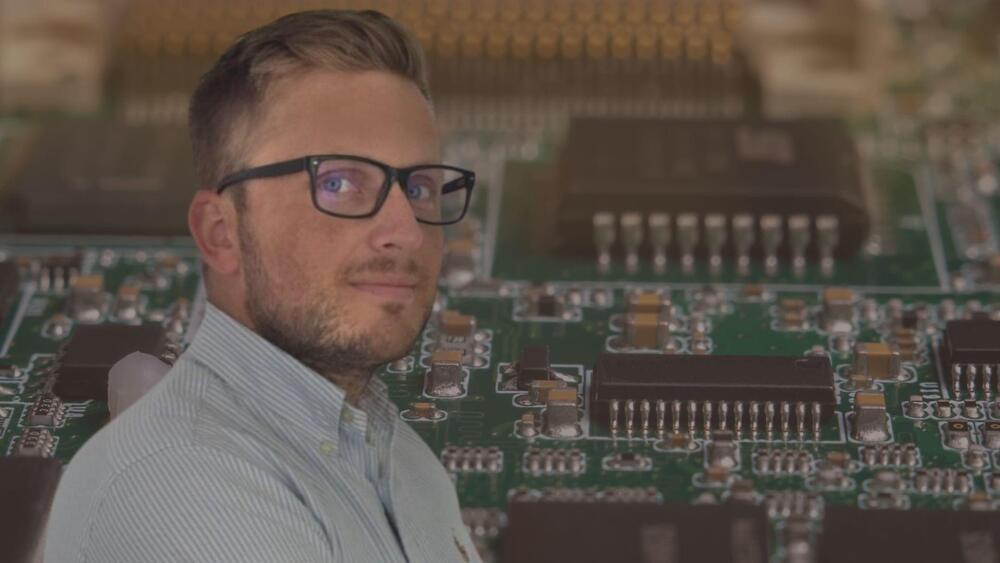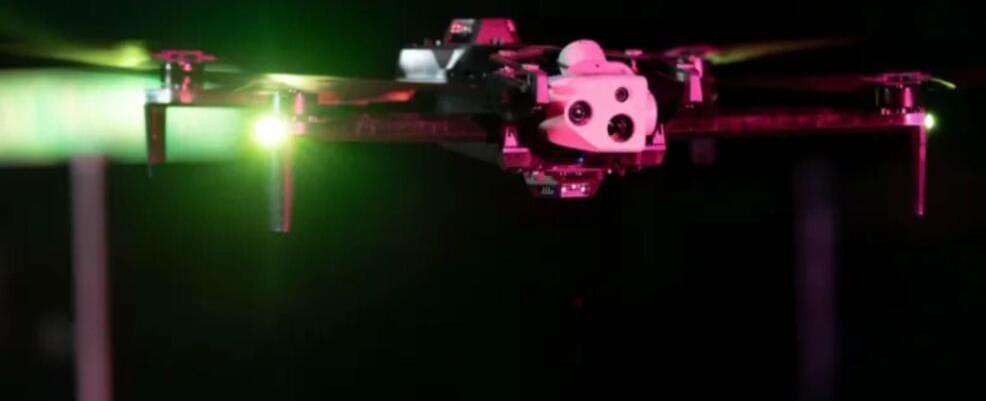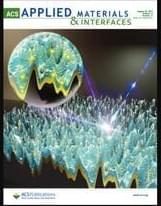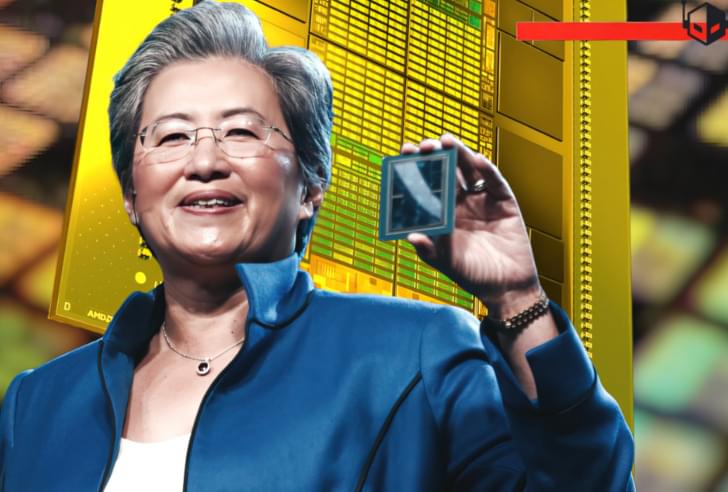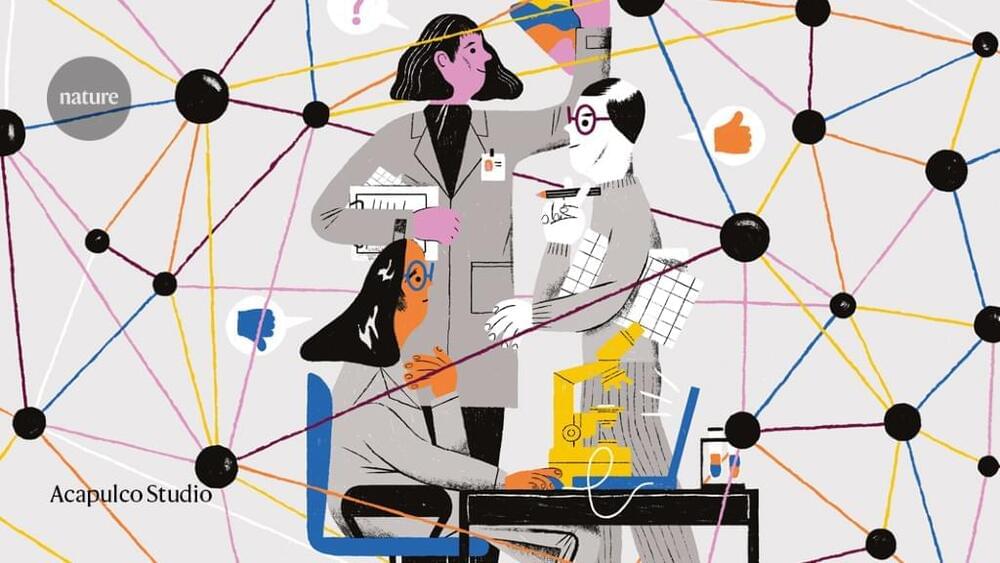Mihai Gruieti, the CEO of Digital Gate Amg who is dedicated to advancing embedded systems encourages tech professionals to embrace AI adaptation rather than harbor apprehensions.
As you wake up to the sound of an alarm clock, head out for a run with your headphones on, and return home to bake breakfast cookies in a microwave/oven. Ever thought of how such electronics are functional and advancing so rapidly?
Now, imagine a small-sized computer that can perform a specific task but each chip is customizable for different industries and jobs. Even operating a microwave or listening to music on headphones are all operational due to embedded system applications.
